
封面解读
李敬/周西坤
Cancer remains a significant threat to human health, with tumor heterogeneity being a key factor in poor treatment responses and metastatic recurrence. Traditional cancer models like cell lines and patient-derived xenografts (PDXs) fail to accurately capture this heterogeneity, limiting their predictive value in drug development and personalized therapy. Organoids offer a groundbreaking solution—these three-dimensional microtissues derived from patient tumors or stem cells faithfully replicate tumor heterogeneity and microenvironment interactions. Their applications span cancer biology research, drug screening, and precision medicine. Recent advancements in organoid biobanks and organoid-on-a-chip technologies have significantly enhanced their translational potential, bridging the gap between lab research and clinical applications. This cover highlights the profound potential of organoids, just as Chang’e flying to the Moon, these models serve as key tools for scientists to transcend conventional scientific boundaries. Despite challenges, organoids represent a transformative approach that may bring new therapeutic hope to cancer patients.
All Papers
hLife | 中科大刘欢团队解析人工智能神经网络科学技术史
通讯作者:刘欢
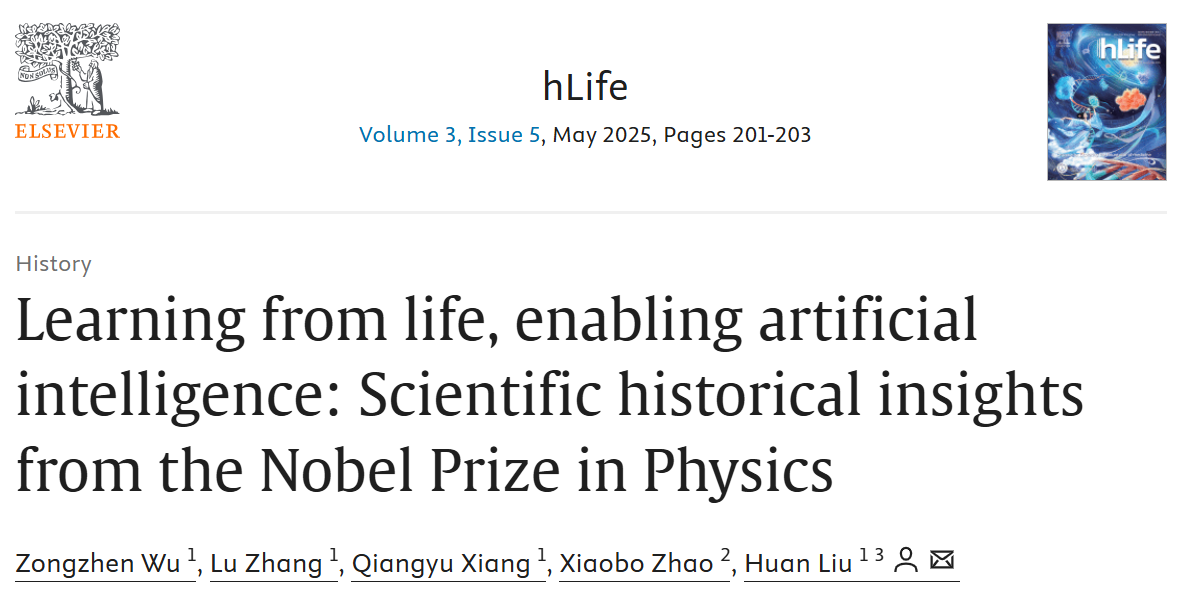
近年来,人工智能(AI)技术的发展正以前所未有的速度影响我们的世界。约翰·霍普菲尔德(John Hopfield)和杰弗里·辛顿(Geoffrey Hinton)在神经网络领域做出了开创性贡献。为什么人工智能研究领域受到全球关注?人工智能发展进程中又是如何演化的?本文从科学史的视角追溯了人工智能神经网络领域发展历程。
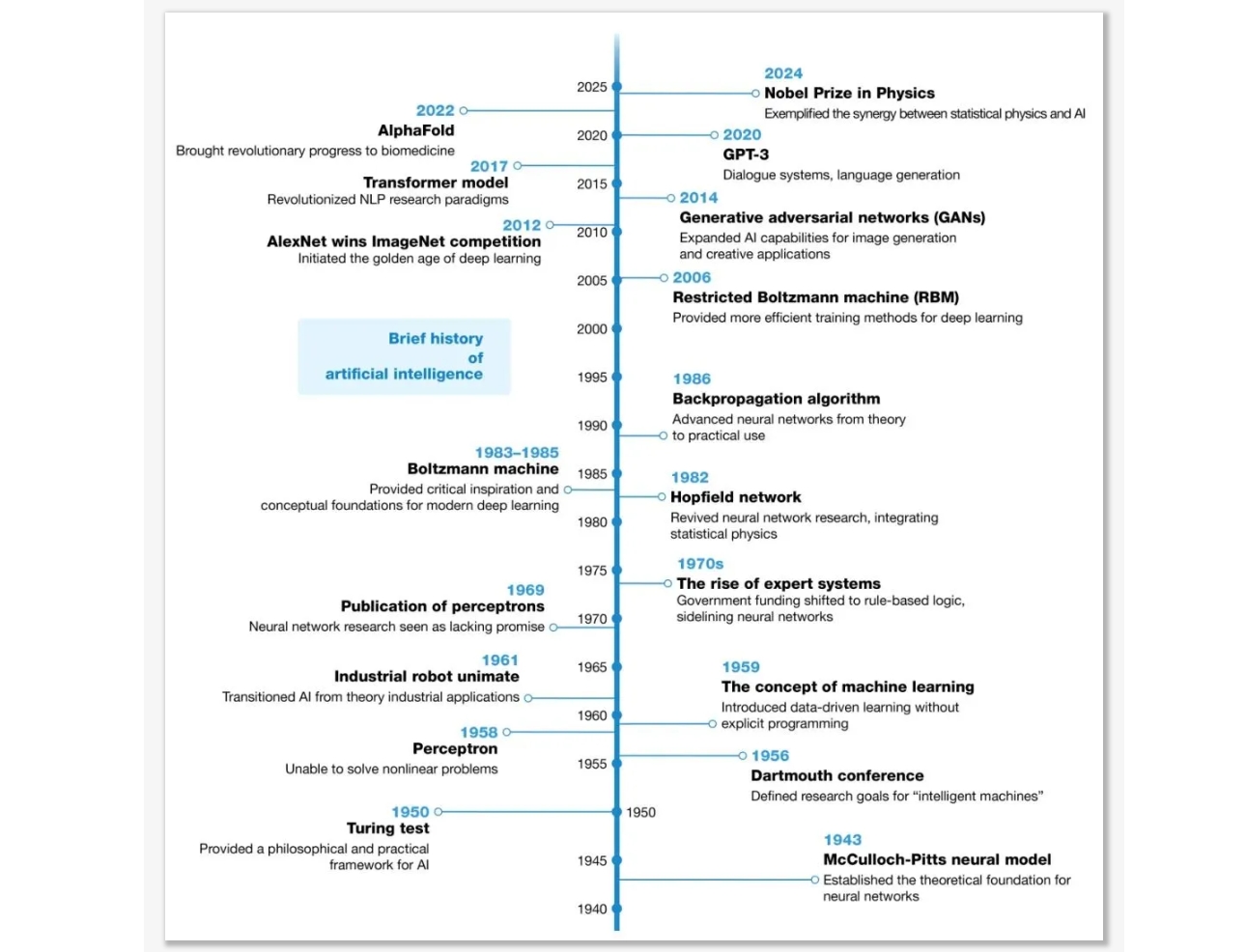
引用:
Wu Z, Zhang L, Xiang Q, et al. Learning from life, enabling artificial intelligence: Scientific historical insights from the Nobel Prize in Physics. hLife 2025; 3: 201–203.
通讯作者:Florent Ginhoux
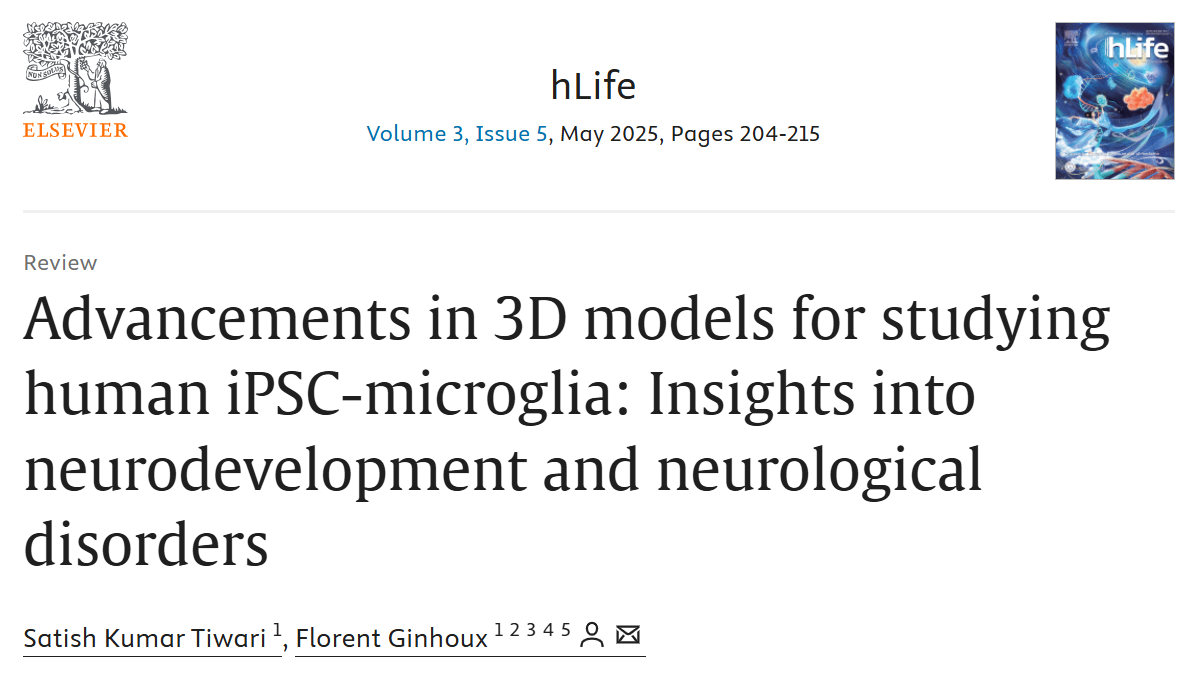
Humanmicroglia play a crucial role in neurodevelopment and is implicated in various neurological disorders.
Humaninduced pluripotent stem cell (iPSC)-derived microglia (iMicro) provide an in vitro platform to study human microglia functions.
The coculture of iMicro with neural tissues, enables the study of human microglial functions within their microenvironment.
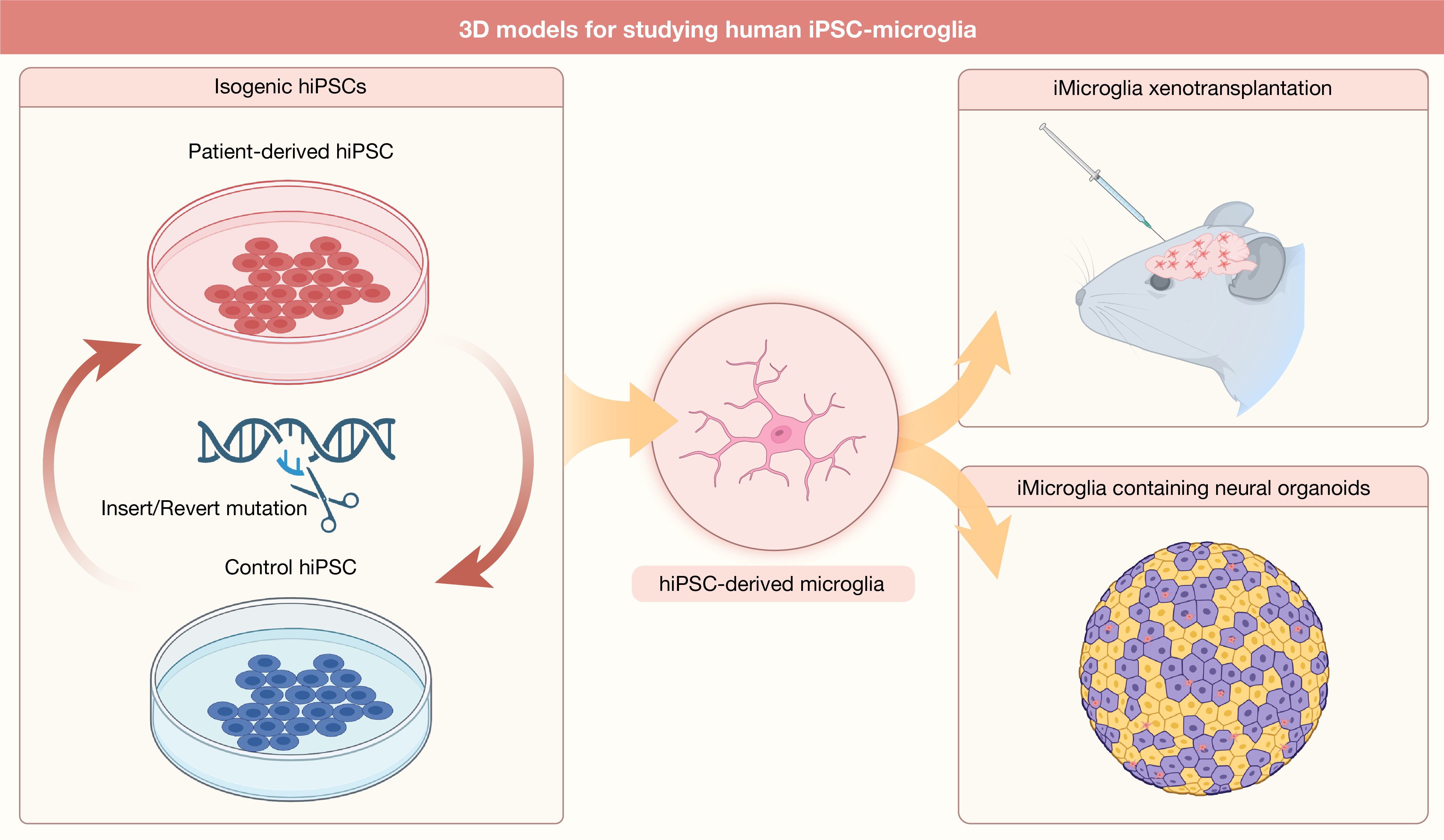
引用:
Tiwari SK, Ginhoux F. Advancements in 3D models for studying human iPSC-microglia: Insights into neurodevelopment and neurological disorders. hLife 2025; 3: 204–215.
hLife Review | 癌症研究的革命: 揭示类器官的力量及其在癌症治疗中的潜力
通讯作者:李敬,周西坤
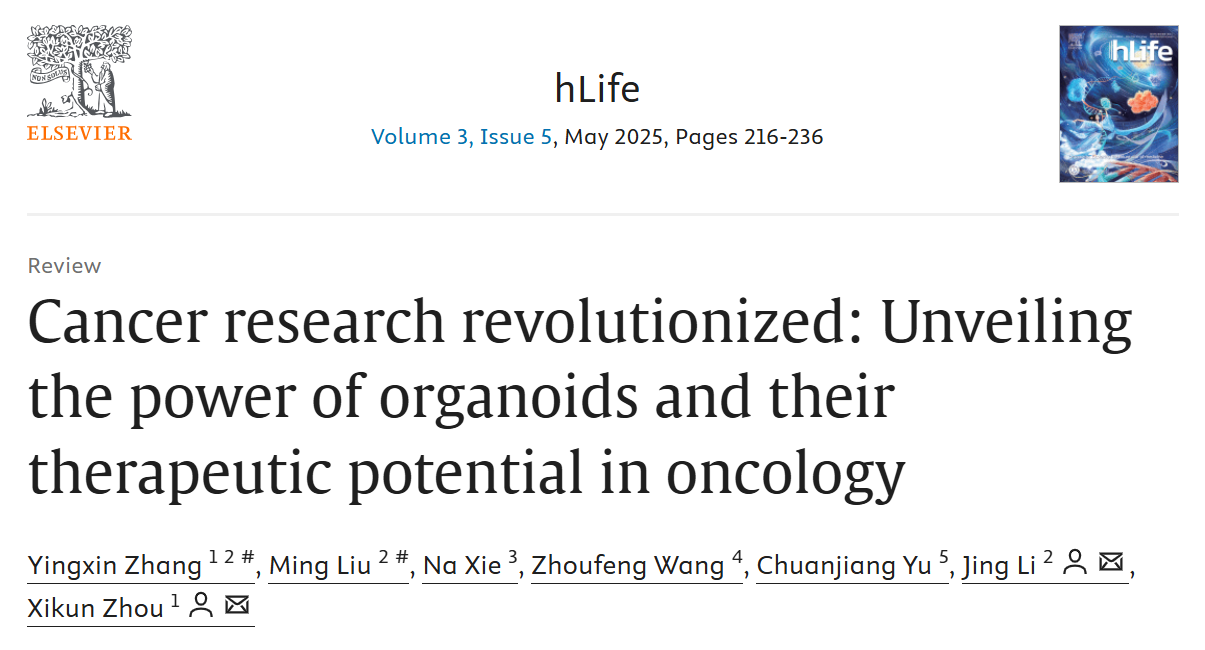
本文综述了类器官的发展历史及其作为研究模型的优势,重点阐述了类器官在癌症发病机制研究及治疗中的研究进展,并重点讨论了类器官亟待解决的问题及其运用潜能,对类器官在癌症研究中的应用提供了综合全面的视野。

引用:
Zhang Y, Liu M, Xie N, et al. Cancer research revolutionized: Unveiling the power of organoids and their therapeutic potential in oncology. hLife 2025; 3: 216–236.
4. Advancing virology research with a human brain organoid platform
通讯作者:谭文杰
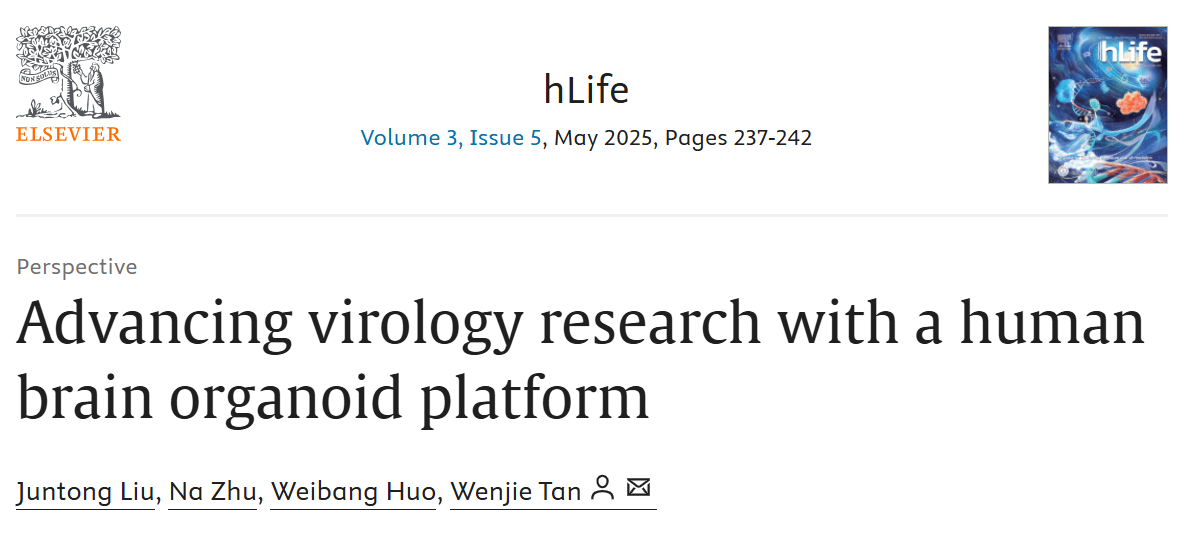
本文综述了人脑类器官在病毒学研究领域的进展。此外本文讨论了该模型的局限性,并展望了人脑类器官的未来发展和应用。
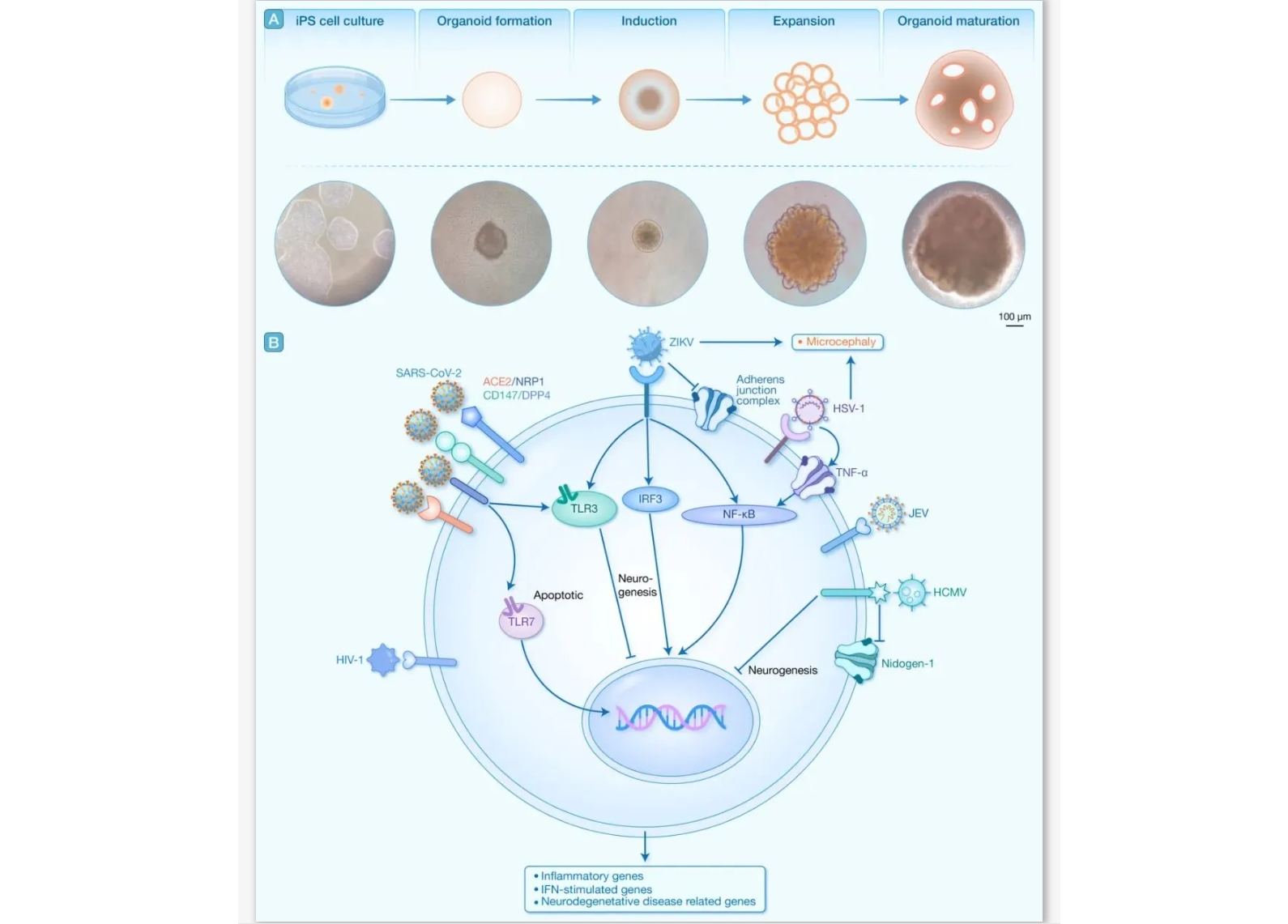
引用:
Liu J, Zhu N, Huo W, et al. Advancing virology research with a human brain organoid platform. hLife 2025; 3: 237–242.
5. Engineering of highly active gene targeting RNase P ribozyme against human cytomegalovirus infection
通讯作者:刘奋勇
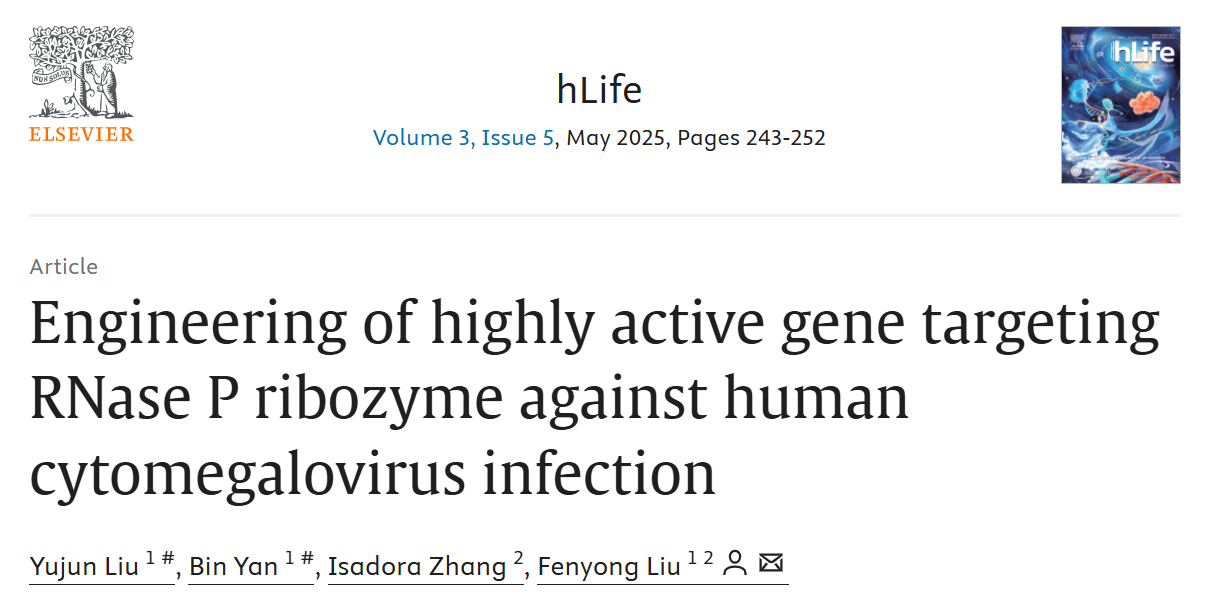
An active sequence-specific ribozyme is engineered from ribonuclease (RNase) P catalytic RNA with novel mutations enhancing its activity.
The engineered RNase P ribozyme represents a gene-targeting agent by cleaving a target mRNA and reducing its expression.
The constructed ribozyme inhibits the major capsid protein expression of human cytomegalovirus and viral growth in cells.

引用:
Liu Y, Yan B, Zhang I, et al. Engineering of highly active gene targeting RNase P ribozyme against human cytomegalovirus infection. hLife 2025; 3: 243–252.
期刊简介
hLife 由高福院士、董晨院士和Jules A. Hoffmann教授(2011诺奖获得者)领衔,是中国科学院微生物研究所主办,中国生物工程学会,浙江大学陈廷骅大健康学院,西湖大学医学院,上海市免疫治疗创新研究院和广州霍夫曼免疫研究所联合支持,与国际出版商爱思唯尔合作的健康科学领域综合性英文期刊。
hLife 聚焦健康科学领域的前沿进展,旨在促进基础研究与临床应用的融合发展。期刊发表与医学相关各研究领域最新成果,学科领域包括(但不限于)病原生物学、流行病学、生理学、免疫学、结构生物学、疾病监测、肿瘤、药物、疫苗和健康政策等。
hLife是一本金色开放获取期刊,月刊出版;2022年成功入选“中国科技期刊卓越行动计划高起点新刊”;2023年11月正式创刊;2024年5月被DOAJ收录;2024年8月被Scopus收录。
2026年前hLife接收的稿件免收文章处理费(APC)。
期刊网址:
https://www.sciencedirect.com/journal/hlife
转载本文请联系原作者获取授权,同时请注明本文来自闫群科学网博客。
链接地址:https://wap.sciencenet.cn/blog-3552961-1492326.html?mobile=1
收藏

